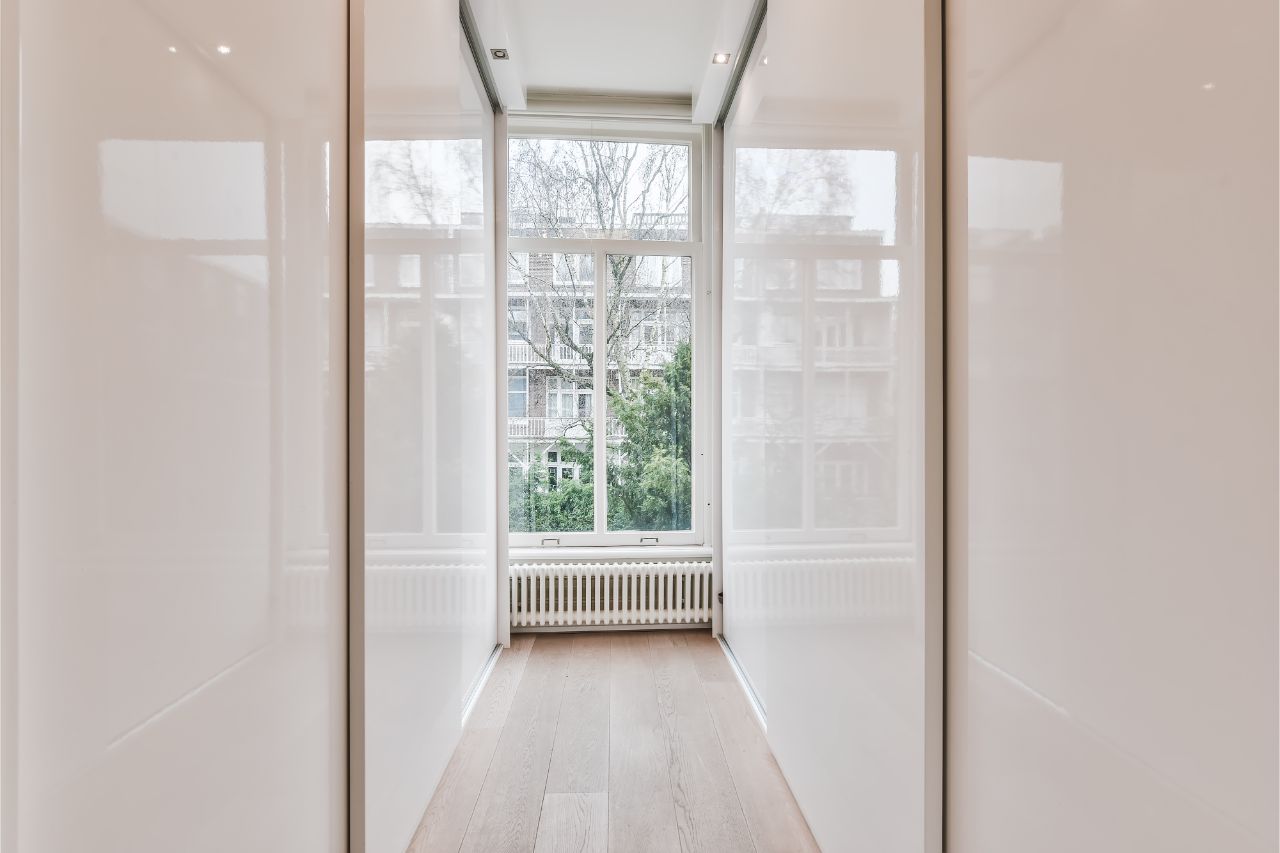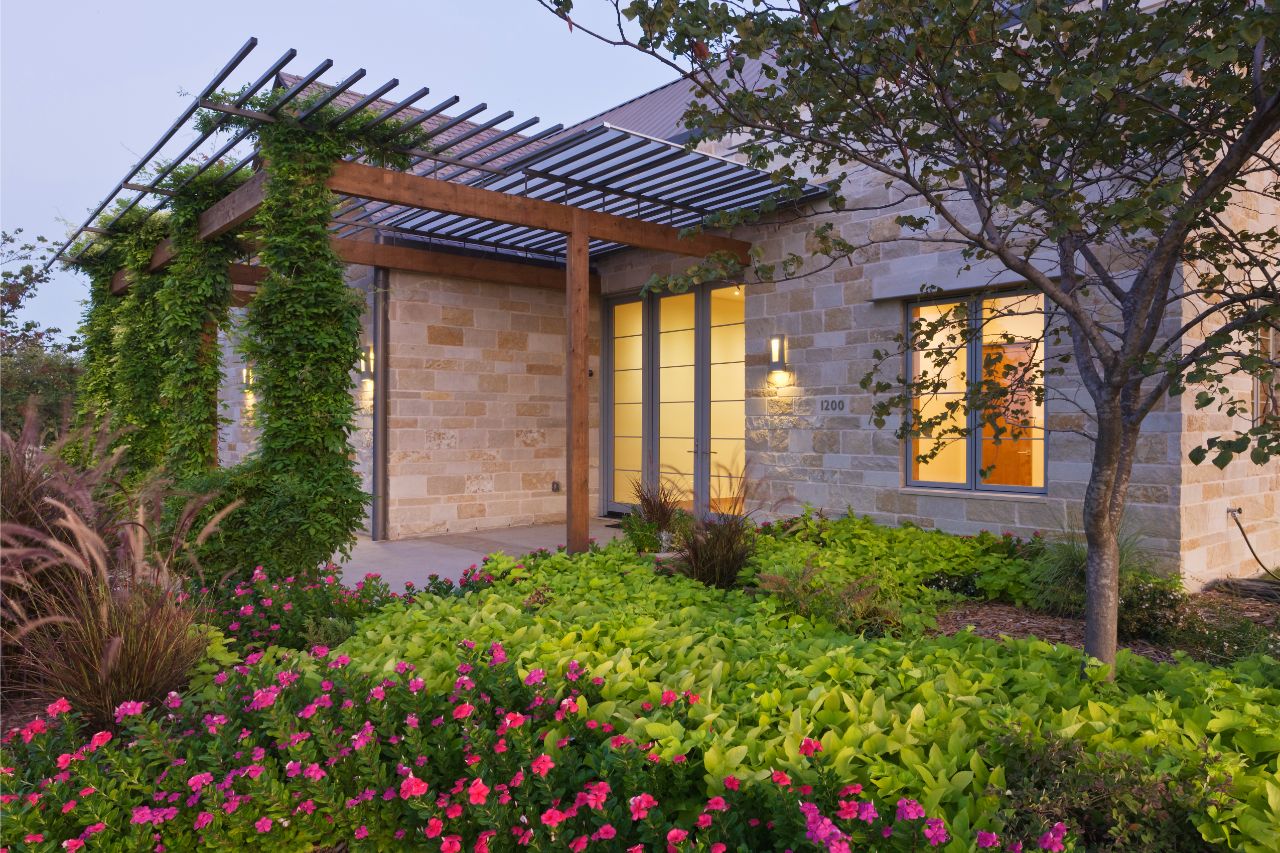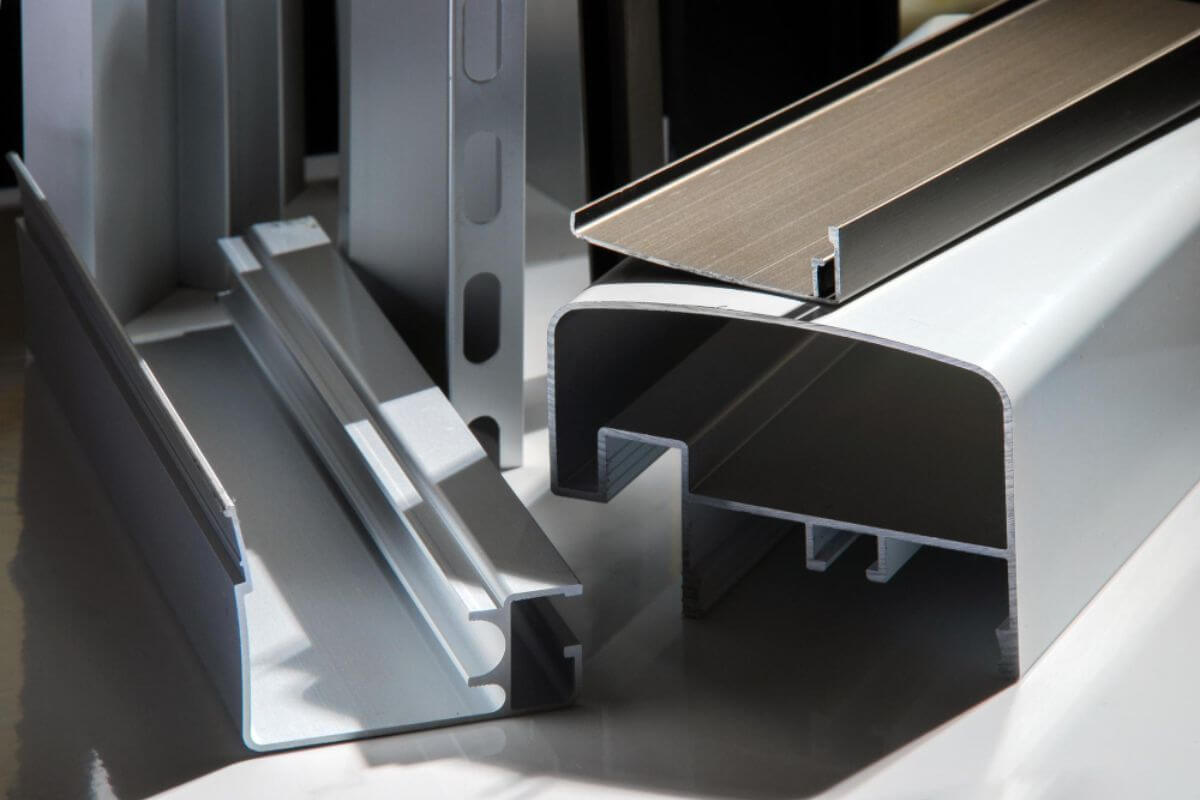What are the differences between sliding vs casement windows?
- Views
- Size
- Opening Mechanism
- Maintenance
- Ventilation
- Energy Efficiency
- Safety
When it comes to windows, there are quite a few types for you to choose from. From there, sliding and casement windows are by far two of the most popular types for homes everywhere. When deciding how to build or renovate your property, it can be overwhelming to try to sort through all the different models and features of these two types. So to make things a bit easier, we’ve compiled a simple list of differences between sliding vs casement windows. Read on and get started on weighing your options!
Views
Sliding windows have more glass panels and moving parts than a casement window. This means that each panel will be encased in a metal frame, which can add obstructions to your view. On the other hand, casement windows have lesser moving parts, and also have fewer panes of glass as compared to other types of windows. This means that casement windows have fewer obstructions, offering a broader and clearer view of the landscape outside.
Size

Sliding windows are typically used for wider openings rather than tall ones. This is due to them having a wide width that allows the moving glass panels to slide over each other. On the other hand, casement windows are usually used for tall but narrower openings. This is because these windows are typically made quite tall and are hinged at their sides, and swing outwards when opened.
Opening Mechanism
Sliding windows have sashes attached to window panes that allow them to open side to side. These windows typically have two sashes — one fixed and one openable — or a three sash system — two openable flanking a fixed sash. These sashes slide along a horizontal rail rather than a vertical one.
Casement windows are also known as crank windows due to their opening mechanisms. These windows are typically operated by winding a crank. When wound one way or another, the casement window will be pushed open and pulled close. These do not slide open but are pushed outward, attached to their frames by vertical hinges.
Maintenance

Built with fewer parts than other window types, sliding windows are fairly easy to clean and maintain. However, dust and debris can easily become stuck in the horizontal rail and become trapped under the fixed glass panel. When this happens, it becomes very difficult to dislodge without dismantling your window.
With casement windows, the cleaning process can be easier. Their moving sashes can be opened wide, which makes it easy to clean off any dirt and oil built up on the hinges. Regarding maintenance, casement windows typically don’t need any regular oiling or adjustments for their crank mechanisms.
Ventilation
There are also differences in how much air each type of window can let in. With sliding windows, you can open the movable panes pretty wide, but a part of the window will always remain closed. This can impede ventilation, but the sliding mechanism will also help you regulate the amount of air coming inside.
With casement windows, you can open the window completely using the crank mechanism, which allows more air to pass through the window, but this can be harder to regulate. This is because a casement window’s opening system takes more effort to open and close.
Energy Efficiency

Energy efficiency is achieved when your window can keep in cool air and prevent hot air from seeping into your rooms — or vice versa. This can be achieved with window seals, proper window placements, and windowpane glazing methods.
The difference between the energy efficiency of sliding and casement windows comes from their differences in seals. Both types of windows are pretty energy efficient, though a sliding window’s seal is more flexible than a casement window, as it needs to be flexible enough to allow the moving sashes to move. With casement windows, their seals are less flexible and firmly lock in place when closed. This means that casement windows are more energy-efficient since they have stiffer seals.
Safety
Sliding windows are easy to push open from the outside of your home. While locks and seals for this window can be pretty robust, increasing leverage and force can easily overcome these safety measures.
With casement windows, their crank mechanism allows it to stay firmly latched to its frame when fully shut. The window relies on the crank and its hinges to open, which means it takes a considerable amount of force to push it open without them. As a result, it would be harder for anyone outside your home to force this type of window opening without using its opening mechanism.
Key Takeaway
When choosing the right window for your repair or replacement projects, it can be hard to decide without the proper information. In this post, we tackled some of the general differences between sliding vs casement windows. If you’re still unsure of what window to choose, consult an expert. Contact AMC Aluminum today and we can discuss which of our top-grade windows will suit your project perfectly!




.jpg)
.jpg)
.jpg)


